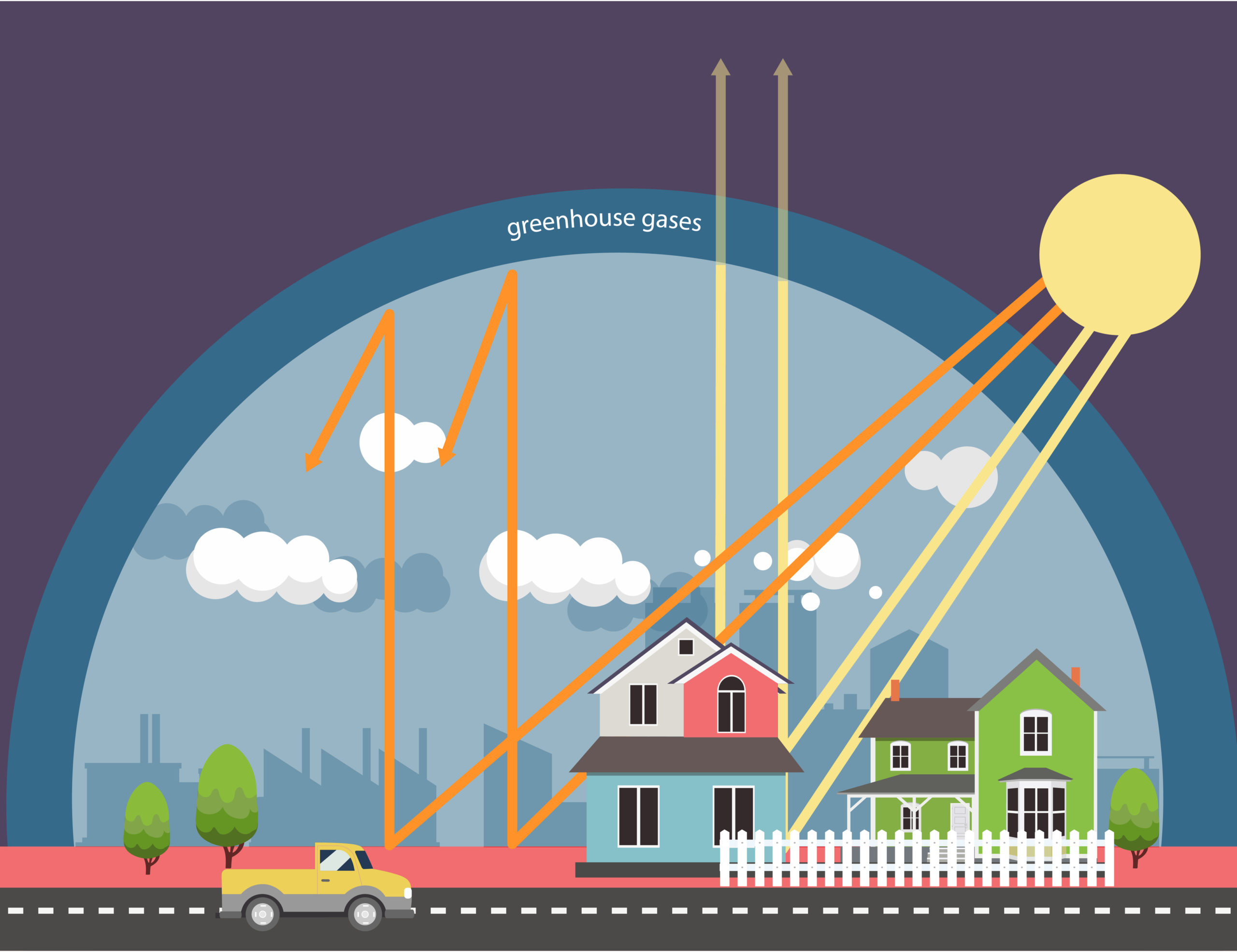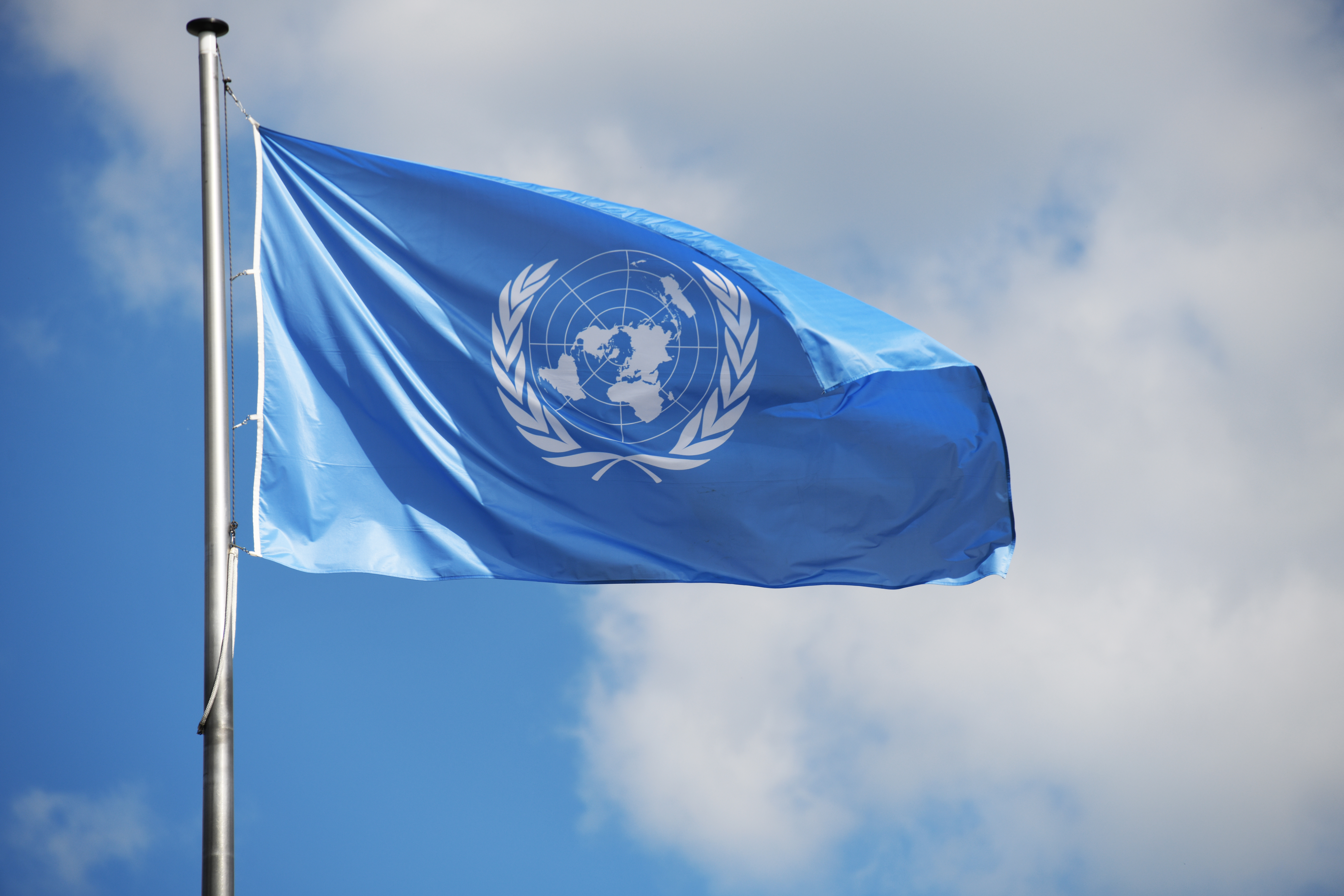Understanding Global Warming Potential and the Montreal Protocol.
To truly understand GWP (Global Warming Potential) within the HVAC industry, we first need to take a step back in time, to 1987; a time when talk of the hole in the ozone layer had moved from niche scientific journals, to mainstream media. At long last, the effects that pollution was having on the longevity of the planet was being taken seriously by both governments and industries alike. The powers that be were starting to sit up and pay attention to what changes could be made to divert this catastrophic environmental trajectory.
Enter: the Montreal Protocol.
What is the Montreal Protocol?
The purpose of the Montreal Protocol is to reduce the use and production of a list of up to 100 specific chemicals or gases that are deemed to be corrosive to the ozone layer. The ozone layer, located in the stratosphere around earth, is what protects the human race from ultraviolet rays. As a result of the industrial revolution and subsequent years of increased pollution, it was discovered that the precious ozone layer that was keeping us safe, was starting to break down. This was due to the chemicals being used around the world that had destructive effects when released into the environment.
Regrettably some of the key gases that were used by the refrigeration industry at the time, (namely Hydrochlorofluorocarbons or HCFCs) were part of the list of chemicals that were known to have a negative impact on the environment.
So, in 1987 this environmental issue was addressed by the UN, in a rare situation where a treaty was universally ratified, it was agreed that the hole in the ozone layer was a situation that needed urgent action.
Through the development (and subsequent amendments where required) of this treaty, it was agreed that every country would be set targets to reduce the emission of these critical chemicals (greenhouse gases or GHGs) by understanding their impact through a measurement system.

What is GWP (Global Warming Potential)?
The Global Warming Potential (GWP) looks at the comparison between different gases and the effect they have on global warming. In short, the larger the GWP, the more harmful that gas is to the environment. These calculations allowed governments to devise policies specifically targeted at addressing the greenhouse gases emitted by their nation, and in turn, held industries accountable to the use around these GHGs.
The result of the Montreal Protocol and the GWP, is much tighter control and regulation around the use, storage, transport, and containment of these gases, to reduce the amount of harmful GHGs that are released into the atmosphere.

HCFCs within the HVAC Industry
HCFCs, which are used within the HVAC industry as a coolant, are gases with a significantly high GWP, meaning they trap a substantially high level of heat in the earth’s atmosphere compared to their mass.
As a proud HVAC company, Chatfield OzCool are at the forefront of looking for ways to reduce the carbon footprint for their clients. As such, we work with like minded partners to always look at ways to modify or improve systems to offer the lowest environmental impact without sacrificing functionality.
Stay tuned for ways in which Chatfield OzCool are working with clients, to improve their environmental performance.
The team at Chatfield OzCool are available to assist with cooling and refrigeration equipment service and repairs, and we are happy to answer any questions you may have.
If you would like to find out how we could help you, please give the team at Chatfield OzCool a call on 1300 361 186.
Click here to see what other services Chatfield OzCool can offer.


